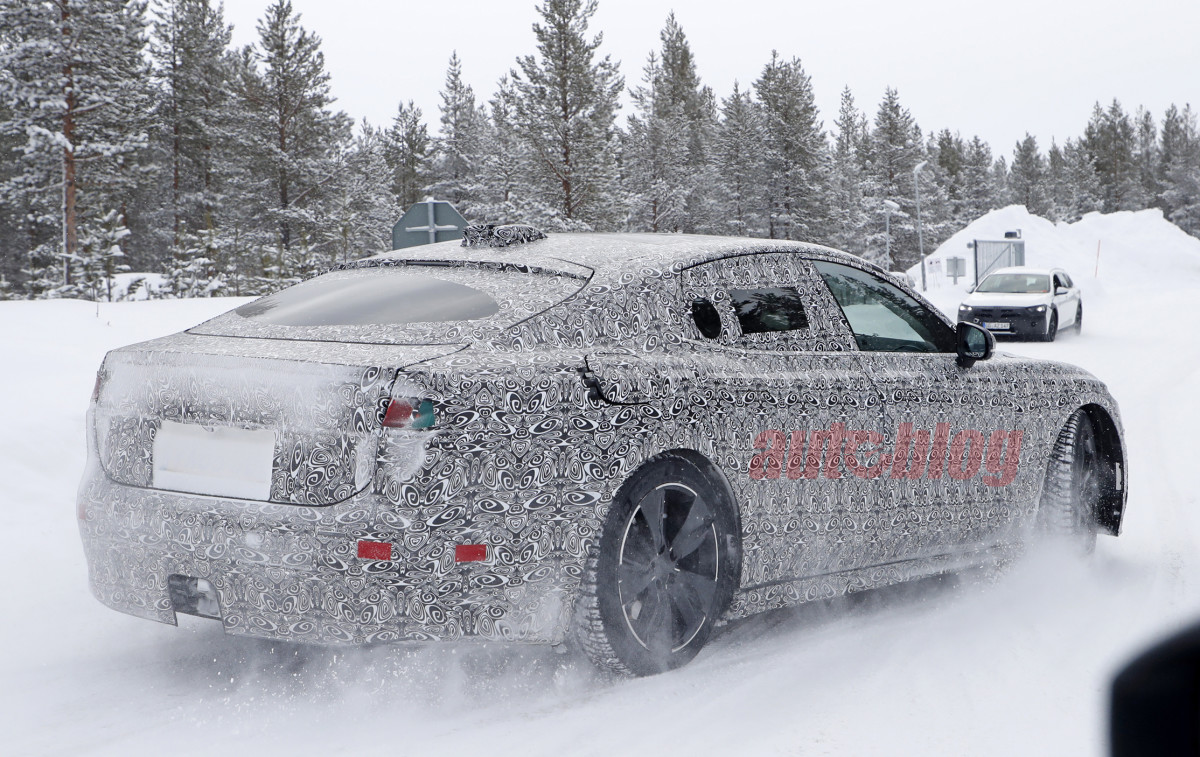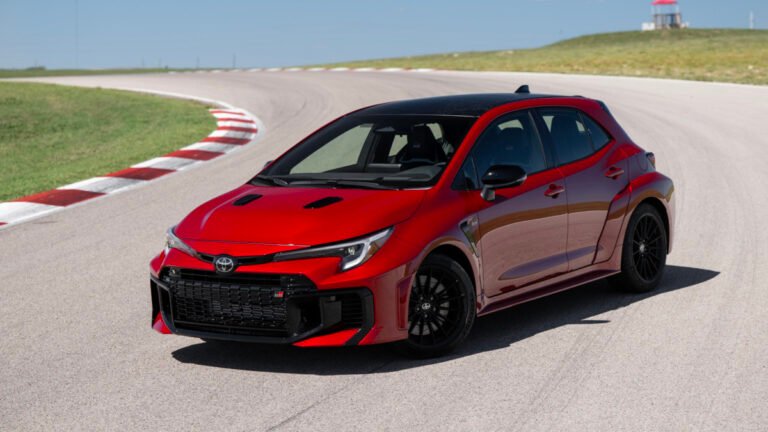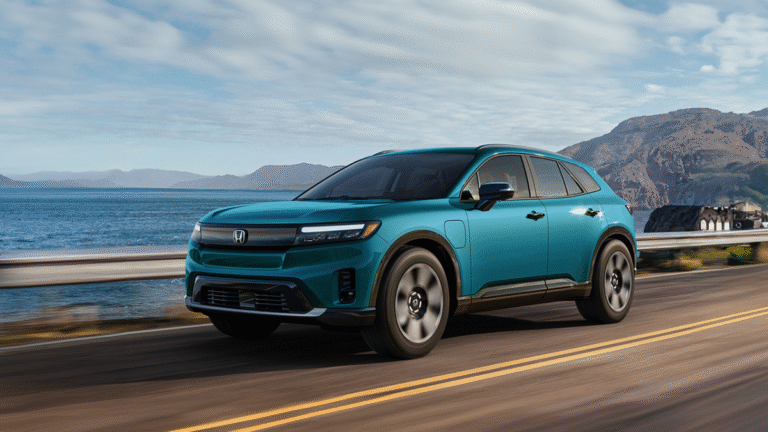
Jaguar XJ: A Quick Look Back
The year was 2019, and Jaguar announced that it was discontinuing the XJ. It marked the end of over 50 years as the British automaker’s flagship sedan with no successor in place. The XJ came into the world in 1968, serving as a replacement for both Mark X and S-Type.
The first generation lasted an astounding 24 years with three ‘Series’ models along the way. The second generation came along in 1986, first as the XJ40 and subsequent (major) facelifts in the form of the X300 and X308. It was the XJ that defined the mid-’80s and ’90s, but there was more to come in the new millennium.

Enter the X350, X356, and X358. While the look was very much traditional XJ, it boasted an all-aluminum chassis and body. New V6 and V8 engines were introduced, and even a diesel was added for certain markets. But in terms of lifespan, the third-generation XJ was the shortest, spanning from 2002 to 2009.
Last but not least, the final XJ, internally known as the X351. To say it was a clean-sheet design was an understatement, as it looked nothing like the past models. It adapted an XF-inspired exterior and a total reimagining of the cabin. It made its world premiere in 2009 and lasted a decade before its discontinuation.

The Planned Successor
There were initial talks about bringing out an all-new XJ for the 2020s. At the time, it was said that it would be an all-electric full-size sedan to signal Jaguar’s electric era. It was supposed to be revealed in 2021, but we all know what happened next.
In February 2021, then Jaguar Land Rover CEO Thierry Bolloré announced that the next-generation XJ would be scrapped. It was canceled as part of the brand’s Reimagine plan alongside the proposed ‘Road Rover,’ a more road-oriented Land Rover crossover.

Enter, Ian Callum
Jaguar’s design renaissance was led by Ian Callum. He was the marque’s design chief from 1999 until his retirement in 2019. Speaking to Autocar, he revealed a few secrets about the canceled fifth-generation XJ.
There, he mentioned that the new XJ wasn’t totally going full electric. He added that it was actually designed to fit a six-cylinder engine ‘if need be.’ It’s quite the revelation and indicates that Jaguar still thought of transitioning its model range to electric gradually rather than going full electric all in one go.
Another thing Callum revealed was that the new XJ was supposed to be offered with just one wheelbase option. “We didn’t want to get into this ramble about two wheelbases, which seemed quite traditional, so we created something in the middle in terms of size,” Callum disclosed. That move to rationalize the wheelbase offerings is currently seen in the BMW 7 Series.
So, what was it supposed to look like, then? Well, all Callum said that its design was “more stately,” and not much else. Unfortunately, we won’t be able to judge that unless he (hopefully) shows the sketches and clay models of it. There were spy shots of the stillborn model, revealing a low roofline like the final XJ, among other things.

The Right Call?
As much as it’s sad that the XJ is no longer around, it might have been the smarter and more logical decision. If you take a look at the segment where the XJ once competed, you’ll see year-on-year sales taking a nosedive. The Lexus LS is no more, and the Audi A8 faces an uncertain future. Had Jaguar pushed through with the electric XJ, it might have suffered the same fate as the Mercedes-Benz EQS, which hasn’t exactly lit up the sales charts. The BMW 7 Series, while a steady seller, isn’t exactly churning out sales numbers like it did before the X7 arrived.
With the way things are going right now, the current market prefers their land yachts in SUV or crossover form. A new XJ sedan would’ve been nice, but it could’ve also worsened Jaguar’s troubles that have led to the still controversial rebranding.
Jaguar


